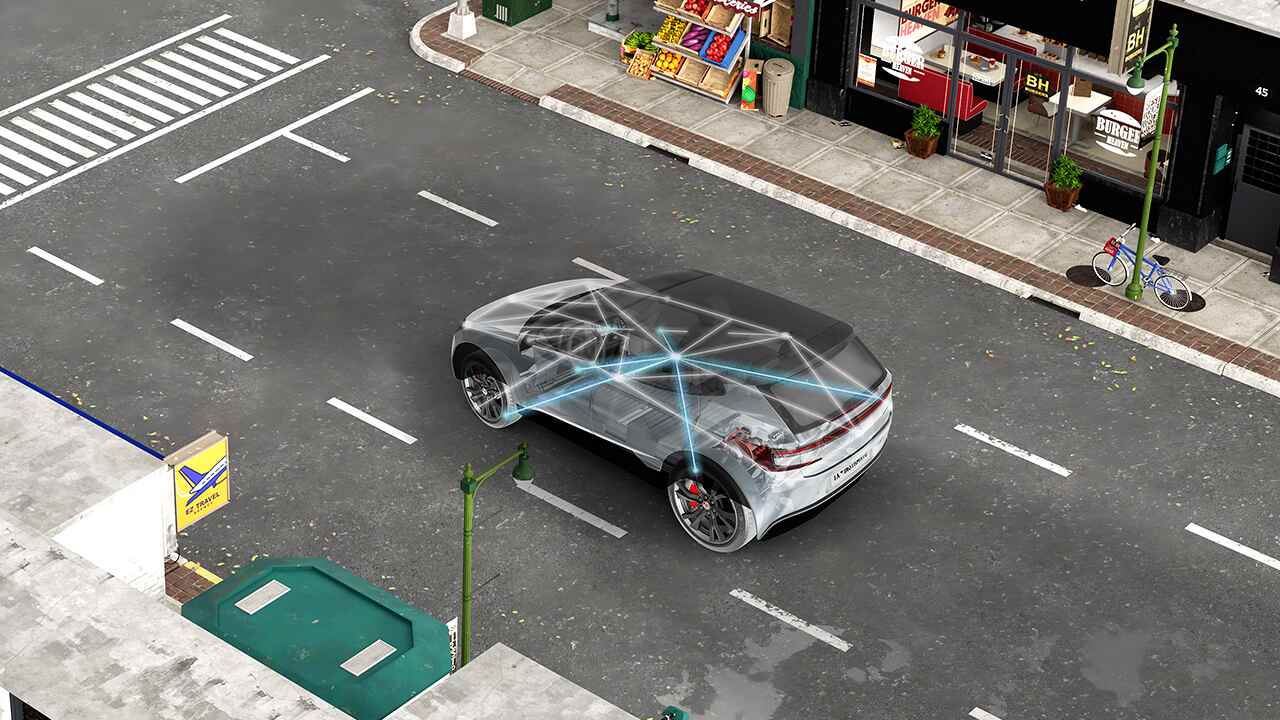Gallium nitride is replacing silicon in a growing list of applications that require greater power density and energy efficiency

Many data centers – keys to our always-on connectivity – rely on an increasingly popular semiconductor technology that can improve energy efficiency and power density.
That technology – gallium nitride, often referred to as GaN – is a wide-bandgap semiconductor material used in a growing list of high-voltage applications that require power supplies with greater power density, energy efficiency, higher switching frequencies, better thermal management and smaller sizes. In addition to data centers, those applications include HVAC systems, telecom power supplies, solar inverters and power supplies that charge notebook computers.
“Gallium nitride is a key step toward improving power density and increasing efficiency in power systems and power supplies across multiple applications,” said David Snook, who leads our company’s GaN product line. “The number of companies using GaN in their designs is growing rapidly. It’s critical for reducing power consumption and increasing efficiency.”
For more than 60 years, silicon has been the foundation of semiconductor power-management components that convert alternating current (AC) to direct current (DC) and convert DC voltage inputs to fit the needs of everything from mobile phones to industrial robots. While components have been refined and optimized, physics has caught up with silicon. Today, silicon can’t run at the frequencies required to deliver more power without growing in size.
As a result, many circuit designers have turned to GaN over the last decade to pack more power into smaller spaces. Here are three reasons many designers are excited about the potential of this technology for future innovations:
Reason 1: GaN is here to stay.
Though relatively new for semiconductors, compared to silicon, GaN has been in development for a number of years and its reliability is established. Our company’s GaN chips have achieved more than 40 million hours of reliability testing. And its effectiveness in demanding applications such as data centers is clear.
“The need for data centers is growing worldwide as the amount of data required by consumers and businesses increases for applications such as artificial intelligence, cloud computing and industrial automation,” David said. “GaN is a key technology that enables more efficient server power supplies so that data centers can come online while not excessively increasing energy consumption.”
Reason 2: System-level designs using GaN provide cost savings.
While GaN is more expensive than silicon in chip-to-chip comparisons for now, the benefits of the overall system cost, improvements in efficiency and power density offered by GaN outweigh the initial investment. For example, an efficiency gain of as little as 0.8% in a 100-megawatt data center using a GaN-based power management system can save $7 million in energy costs over 10 years. This equates to the yearly energy use of 80,000 households, or about the size of a small city.
“GaN technology enables some topologies and architectures that can save bill-of-material costs by operating at a higher frequency, and this higher frequency also allows the engineer to choose smaller options for the other components in the design,” said Robert Taylor, general manager for our power design services group. “GaN can also give engineers the flexibility to optimize their power designs using a topology that is not available with silicon chips.”
Reason 3: Integration improves performance and ease of use.
A GaN FET needs a specialized gate driver, which can mean additional time and design effort. However, our company simplifies GaN designs by integrating a gate driver, as well as several protection features, in the chip.
“Integrating the driver helps improve performance and provides higher power density and faster switching, which improves efficiency and reduces overall system size,” David said. “Integration enables designers to get the maximum benefit from the technology by delivering a huge performance benefit and making designing with GaN a lot easier.”
Performance benefits
“Customers get excited when they see the performance benefits of GaN demonstrated in our reference designs, such as a 5-kilowatt totem-pole power factor correction design for data centers,” David said. “When they understand that they can achieve higher efficiency with a smaller solution size or a higher power level in the same footprint, that motivates them to consider GaN.”
For example, some companies that manufacture modular residential air-conditioning units have improved the efficiency of power supplies up to 5% by designing with GaN.
“That’s huge when you consider how much power an air-conditioner consumes,” Robert said. “Improving efficiency 5% can save a pretty serious amount of money. It’s pretty cool that we’re able to do that with GaN devices.”




